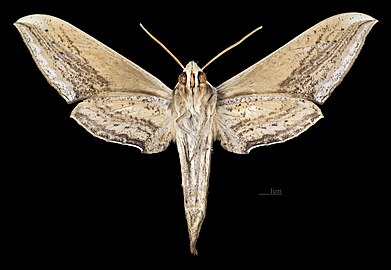
Xylophanes anubus is a moth of the family Sphingidae first described by Pieter Cramer in 1777.

Xylophanes eumedon is a moth of the family Sphingidae. It is known from Mexico.

Xylophanes cosmius is a moth of the family Sphingidae. It is found from Ecuador, Peru and Bolivia to western Brazil.

Xylophanes docilis is a moth of the family Sphingidae.
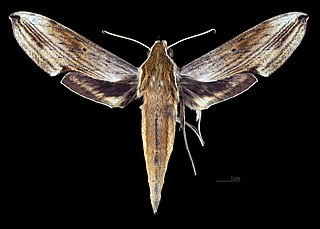
Xylophanes dolius is a moth of the family Sphingidae. It is known from Ecuador and Bolivia.
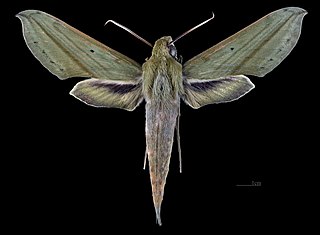
Xylophanes elara is a moth of the family Sphingidae first described by Herbert Druce in 1878. It is known from Paraguay, Suriname, Venezuela, Bolivia and Brazil.

Xylophanes isaon is a moth of the family Sphingidae. It is found from south-eastern Brazil and Paraguay to Argentina.

Xylophanes josephinae is a moth of the family Sphingidae. It is known from Guatemala and Mexico.
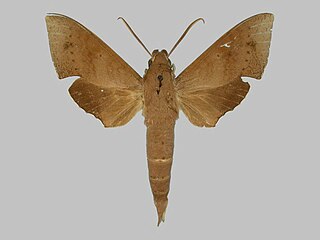
Xylophanes juanita is a moth of the family Sphingidae. It is found from Mexico and Belize to Costa Rica.

Xylophanes mulleri is a moth of the family Sphingidae. It is known from Mexico.
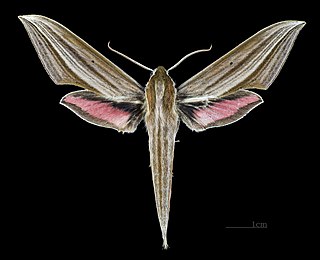
Xylophanes neoptolemus is a moth of the family Sphingidae.

Xylophanes norfolki is a moth of the family Sphingidae. It is known from the Galapagos Islands.

Xylophanes pistacina is a moth of the family Sphingidae. It is found from Nicaragua south to Brazil and west to Bolivia, Paraguay and Argentina.

Xylophanes resta is a moth of the family Sphingidae.

Xylophanes rhodina is a moth of the family Sphingidae. It is known from Panama and Costa Rica.

Xylophanes rhodotus is a moth of the family Sphingidae. It is known from Peru and Bolivia.
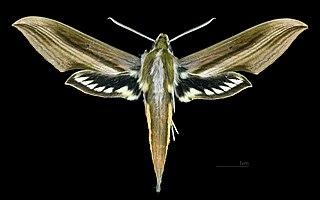
Xylophanes schreiteri is a moth of the family Sphingidae. It is known from Argentina and Bolivia.

Xylophanes thyelia is a moth of the family Sphingidae. The species was first described by Carl Linnaeus in his 1758 10th edition of Systema Naturae.
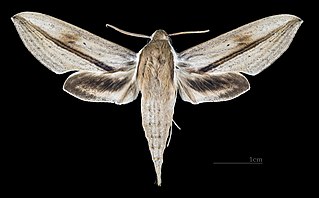
Xylophanes turbata is a moth of the family Sphingidae. It is known from Mexico to Nicaragua and Costa Rica. An occasional stray may be found up to southern Arizona.

Xylophanes xylobotes is a moth of the family Sphingidae. It is known from Peru.



